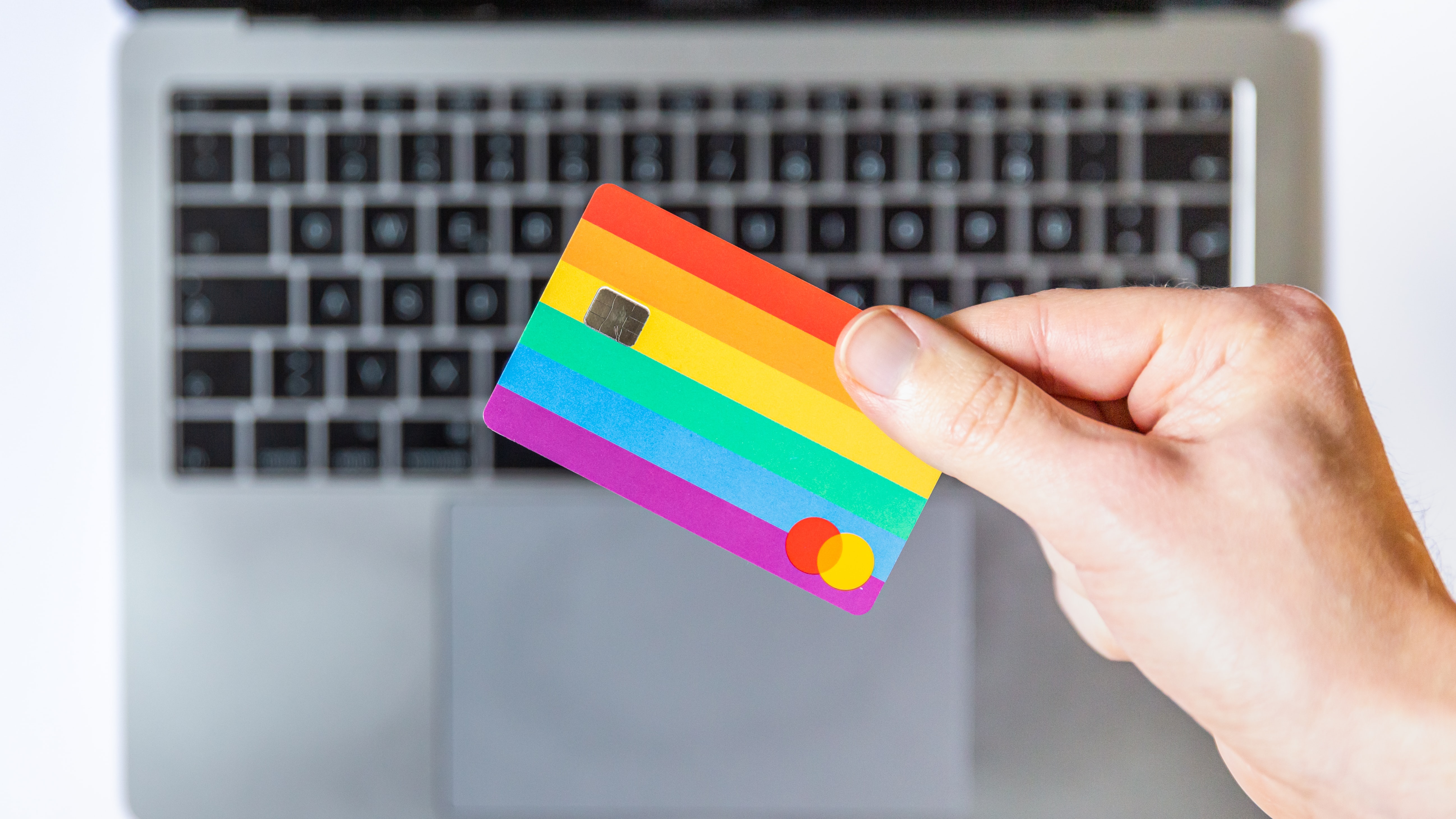Latest articles
How we make and take payments has evolved a lot over the last 20 years, with an emphasis on speed and security. A pivotal part of this change in the UK was the introduction of chip and pin, but what is chip and pin machine exactly?
We’ll cover everything you need to know in this guide, including the story of how and why they were introduced, how they work and what role they play in an increasingly contactless world.
What is a Chip and Pin Transaction?
A chip and pin transaction is when goods or services are paid for using a debit or credit card that is inserted into a card reader, which prompts the customer to enter their 4-digit PIN to authorise the payment.
This is more secure than requiring a signature because a lost or stolen card can only be used if the person who finds/steals it knows the PIN. Or at least this was the case before contactless payments removed this requirement for smaller payments, which is why a £100 limit is still in place for contactless.
When did Chip and Pin start?
Before 2003, card payments were a lengthy and frustrating process for both vendors and customers. Essentially, payment cards needed to be swiped through a machine. The machine would then print out a receipt that the customer needed to sign. This signature needed to be double-checked against the one on the back of their card.
By today’s standards, this was a lengthy process and the unsophisticated security measures meant that cards could be stolen and used with forged signatures. There was also a risk that genuine card owners could be suspected of fraud if their signatures weren’t similar enough.
This is why chip and pin machines were needed and Valentine’s Day 2006 was the deadline set for retailers to stop accepting the old-style card payments. This certainly made an impact on annual counterfeit card fraud losses, which dropped by £81.9 million between 2004 and 2014.
Card payments have become even more important and popular since the pandemic, with a 35% reduction in cash payments in 2020 as both vendors and customers saw cards - particularly contactless payments - as a safer option. But cash payments had been declining by around 15% a year even before the pandemic.
This transformation was particularly evident with smaller retailers like market stall holders, ice cream vans, etc, many of which switched from being predominantly cash-based to often refusing to take cash at all.
As a reaction to this, the limit on contactless payments was increased to more than £100 in October 2021, having been raised to £45 at the start of the pandemic.
Chip and Pin Technology
For more of an explanation of ‘what is a chip and pin payment’, let’s look at the technology involved.
How does Chip and Pin work?
Each debit or credit card has a unique PIN number that only the card issuer and customer who owns the card should know. When making a Chip and Pin transaction, the customer enters their PIN number. The card machine will use the card’s chip to process the payment through an encrypted transaction between the cardholder’s bank and the merchant account. When approved, the funds are typically transferred within 3 to 5 business days.
What data is input in a chip and pin device? Usually, the PIN is the only information the customer is required to input, but the chip contains the following data:
- Full name
- Account number
- The expiration date of the card
- The 3-4 digit security code on the back of the card
What Is a Chip and Pin Machine?
A chip and pin machine is a countertop device located in a fixed position at a checkout, like the Dojo One. It’s connected to an ethernet cable and is usually linked to a till and a more extensive point of sale system.
It can take contactless payments including chip and pin payments, giving customers the flexibility to pay how they like.
What is a Chip and Pin Reader?
A chip and pin reader is usually a smaller mobile version that allows businesses to take their chip and pin devices to their customers, whether that’s taking payments at the table in a restaurant or out on the road, in a festival tent or public market, wherever there are payments to be made.
The Dojo Go comes with a base for charging the reader, which connects to it via wifi or mobile connectivity.
It has a 10 hour battery life, it’s lightweight and easy to move around and is completely customer-first, making it much easier for them to pay through contactless or chip and pin as well as accepting Apple Pay, Google Pay and Samsung Pay.
Whether your business needs a countertop chip and pin machine or a portable chip and pin reader, our devices are designed around your requirements with simple, frictionless payments that offer you and your customers confidence and security, as well as convenience and speed.
Advantages of Chip and Pin
So what are the advantages of chip and pin payments for businesses? Security is the primary benefit over both the traditional method of taking card payments and over the modern contactless method. As well as making it harder for fraudulent transactions to take place, this kind of ‘card present’ transactions don’t generally require the merchant to cover the costs of losses.
Another major advantage is that customers today expect and prefer to pay by card. 98% of UK customers have a debit card and the pandemic has accelerated the shift away from cash payments.
If fewer people are carrying cash, you need to make sure they can pay with their cards (or phones, or watches) otherwise their money will go elsewhere.
Meanwhile, the rising limit for contactless payments means that more transactions are able to be made without entering a PIN, but chip and pin machines still have a vital role to play in high-value transactions where additional security is important.
This is why chip and pin payments are here to stay, even if we can buy our coffee by waving our smartwatch at a card machine.




